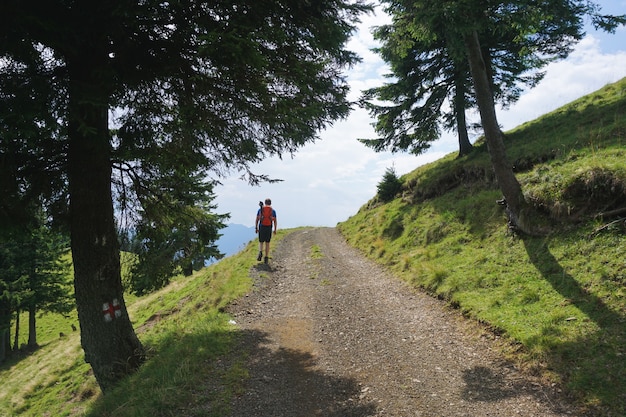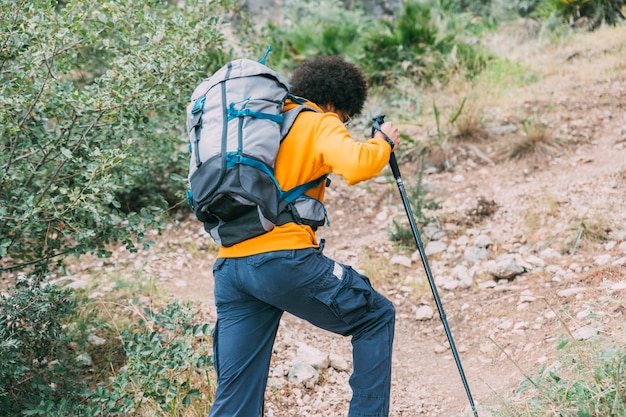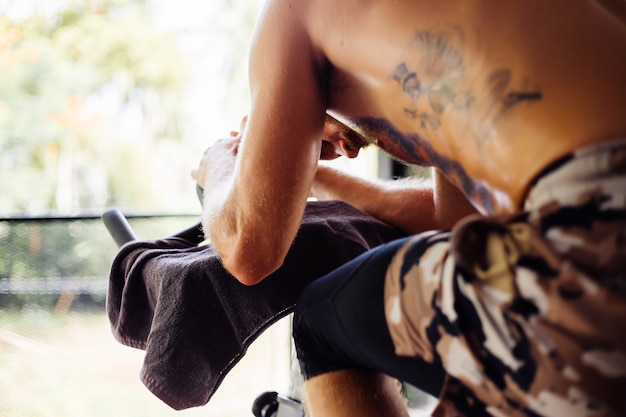Cycling builds endurance, leg strength, and a deep connection with the outdoors. But stepping off the saddle and onto the trail can be a refreshing way to complement your fitness routine. Hiking offers cyclists a chance to engage different muscle groups, improve balance, and enjoy nature from a new perspective. Whether you're a weekend rider or a long-distance cyclist, adding hiking to your regimen can boost overall performance and mental well-being.
This comprehensive guide is tailored specifically for cyclists looking to explore hiking safely and effectively. We’ll cover a complete hiking checklist, weekly training targets, essential safety tips, and how to transition smoothly between cycling and hiking.
While cycling is a fantastic cardiovascular workout, it’s largely one-dimensional. Hiking introduces variable terrain, elevation changes, and natural obstacles that challenge stability, core strength, and joint mobility. These benefits translate directly to better bike control and injury prevention.
Additionally, hiking reduces repetitive strain on the knees and hips—common trouble spots for cyclists. It also promotes mindfulness and mental recovery, helping you return to the saddle feeling refreshed.

A scenic trail offers both physical challenge and mental rejuvenation.
Before hitting the trail, prepare like you would for a long ride. Here’s what to pack:
Integrate hiking into your training plan without overloading your body. Use this weekly structure:
Pair hiking with low-intensity cycling days to avoid overtraining. For example, follow a long Saturday ride with a Sunday morning hike to enhance circulation and reduce muscle stiffness.
Safety is just as critical on trails as it is on roads. Keep these tips in mind:

Transitioning from bike to trail requires patience and preparation.
Cyclists often underestimate the physical demands of hiking, especially uphill. Your quads are strong, but hiking engages your glutes, calves, and stabilizing muscles more intensely. Start with shorter, flatter trails and gradually increase difficulty.
Use hiking poles to reduce joint impact and improve balance—especially helpful on steep descents. They also engage your upper body, offering a more full-body workout.
Finally, listen to your body. Soreness after a hike may feel different than post-ride fatigue. Allow time for recovery, and consider stretching or foam rolling to ease muscle tension.
Hiking is more than a cross-training activity—it’s a way to deepen your connection with nature and enhance your overall fitness as a cyclist. With the right preparation, mindset, and gear, you can safely enjoy the trails and return to your bike stronger and more balanced.
So, pack your backpack, lace up your boots, and take the path less pedaled. Your next adventure awaits—off the saddle and on solid ground.

Fitness

Fitness

Fitness

Fitness

Fitness

Fitness

Fitness

Fitness

Fitness

Fitness

Fitness

Fitness

Health

Fitness

Health

Health